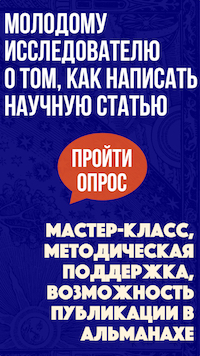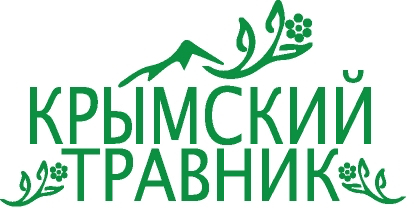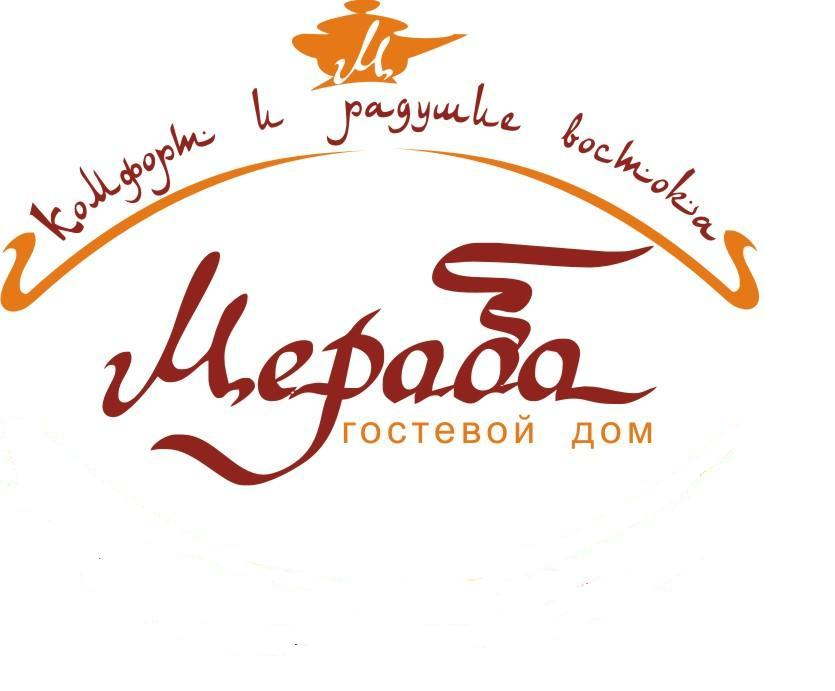МОЛОДЁЖНЫЙ ПРОЕКТ ДЛЯ ТЕХ, КТО ДЕЛАЕТ ПЕРВЫЕ ШАГИ В НАУКЕ
/components/bitrix/system.auth.form/auth_alm/images/login.gif) Войти
Войти /components/bitrix/system.auth.form/auth_alm/images/register.gif) Регистрация
Регистрация
Войти в корпоративную почту как автор/член редколлегии/рецензент журнала
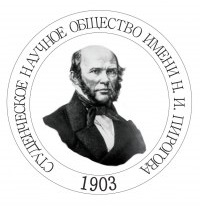


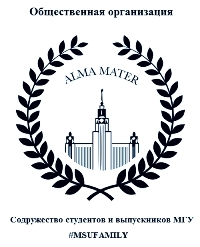
2016. Том 11. Выпуск 1. Система планета Земля / 'The Earth Planet System / System Planet Erde
ЗЕМЛЯ И КОСМОС / EARTH AND SPACE / ERDE UND WELTRAUM
Флоренский П.В., Бушмакин А.Г., Пошибаев В.В.
Космогенные силикоглассы из Туркмении
Флоренский Павел Васильевич, доктор геолого-минералогических наук, профессор РГУ нефти и газа им. И.М. Губкина, Москва, действительный член РАЕН  ORCID 0000-0003-3304-9348
ORCID 0000-0003-3304-9348
E-mail: pavel-v-florensky@j-spacetime.com; florenpv@kmail.ru
Бушмакин Анатолий Григорьевич, кандидат геолого-минералогических наук, доцент Туркменского государственного университета им. Махтумкули, директор музея Геологии АН Туркменистана, Ашгабат  ORCID 0000-0003-1086-2117
ORCID 0000-0003-1086-2117
E-mail: anatoly-g-bushmakin@j-spacetime.com
Пошибаев Владимир Владимирович, кандидат геолого-минералогических наук, инженер РГУ нефти и газа им. И.М.Губкина, Москва  ORCID 0000-0002-8930-3627
ORCID 0000-0002-8930-3627
E-mail: vladimir-v-poshibaev@j-spacetime.com; poshibaev@yandex.ru
Существует обширный материал о падении веществ, космическое происхождение которых вызывает оживленные дискуссии. Таковы стекла, шлаки, лед и снег, Тунгусский «метеорит». Статья посвящена описанию космогенных стекол, найденных на территории Туркмении — Акмулла, Кабаклы, Дорваза, Новата и Чарджоу, — и обсуждению их необычного состава.
Ключевые слова: метеорит; силикоглассы; элементный состав; Туркменистан; ударный и высокотемпературный метаморфизм.
Цитирование по ГОСТ Р 7.0.11—2011:
Флоренский, П. В., Бушмакин, А. Г., Пошибаев, В. В. Космогенные силикоглассы из Туркмении [Электронный ресурс] / П.В. Флоренский, А.Г. Бушмакин, В.В. Пошибаев // Электронное научное издание Альманах Пространство и Время. — 2016. — Т. 11. — Вып. 1: Система планета Земля. — Стационарный сетевой адрес: 2227-9490e-aprovr_e-ast11-1.2016.51.
Florensky P.V., Bushmakin A.G., Poshibaev V.V.
Cosmogeniic Silica Glasses from Turkmenia.
Pavel V. Florensky, D.Sc. (Geology and Mineralogy), Professor at I. Gubkin Russian State University for Oil and Gas  ORCID 0000-0003-3304-9348
ORCID 0000-0003-3304-9348
E-mail: pavel-v-florensky@j-spacetime.com; florenpv@kmail.ru
Anatoly G. Bushmakin, Sc.D. (Geology and Mineralogy), Associate Professor at Mahtumkuli Turkmenian Sate University, Director of Geological Museum of Turkmenian Academy of Science  ORCID 0000-0003-1086-2117
ORCID 0000-0003-1086-2117
E-mail: anatoly-g-bushmakin@j-spacetime.com
Vladimir V. Poshibaev, Sc.D. (Geology and Mineralogy), Engineer at I. Gubkin Russian State University for Oil and Gas  ORCID 0000-0002-8930-3627
ORCID 0000-0002-8930-3627
E-mail: vladimir-v-poshibaev@j-spacetime.com; poshibaev@yandex.ru
There is extensive information about the fall of glasses, slags and even ice from the sky, the cosmic origin of which is not acknowledged by the official science. That's why Evgeny Dmitriev’s researches take on special significance; Dmitriev has gathered data about more than 50 such objects. There are 10 silica glasses among them, the rest is slags. Silica glasses are diverse by their consistence and embrace the whole row of magmatic breeds.
Our article is dedicated to the description of silica glasses founded in territory of Turkmenistan: Chardjou, Dorvaza, Novata, Akmulla and Kabakla. Outwardly they are analogous to cosmogenic muong-nong from Vietnam and zhamanshinits from the Zhamanshin meteorite crater. They are black glassy splinters not longer than 10 cm, isotropic; they are similar to each other, and contain signs of vitrified minerals, which are of angular and fused form.
We undertook converting based on the suggestion that first of all proto-crystals were formed from the liquid of churlish calcium aluminate, then other molecules joined those proto-crystals. That's why their consistence is re-counted, the contest of atoms in an isomorphic row of the melilite (30—80%): helenite (20—50%) and okermanite (5—50%). The remained matter is re-counted to hedenbergite (to 50%) and minerals of the group of olivine: forsterite, fayalite, tefraite, wollastanite, titanic iron ore, and lechatelierite (vitrified crystalline silica). Consistence and microstructure of each prototype were viewed.
We conceive silica glasses are cosmogenic glasses, and row of events could be outlined in the history of their formation. In our conclusion, we based on follows data on silica glasses:
(i) Original matter remains a complete mystery for scholars. There is no connection between silica glasses' consistence and rock breeds, which surrounded the place of the discovery.
(ii) High, more than 1000 temperature, when the minerals fused in glass.
(iii) The iron, which connections with oxygen are weak, recovered and formed spheres including both alloy and other metals.
(iv) In scorching cloud of explosion, Na and K evaporated and became volatile, so did Si and Fe, and their enrichment with nonvolatile Al and Ca occurred.
(v) During the cooling of fiery cloud occurred the condensation of silicate vapours and aerosol, then tektites formed.
(vi) Fast cooling of glasses reduced to their chilling and preservation of high temperature structure.
Keywords: meteorite; silica glasses; elemental composition; Turkmenistan; shock and high-temperature metamorphism.
Cite MLA 7:
Florensky, P. V., A. G. Bushmakin, and V. V. Poshibaev. "Cosmogeniic Silica Glasses from Turkmenia." Electronic Scientific Edition Almanac Space and Time 11.1(‘The Earth Planet System’) (2016). Web. <2227-9490e-aprovr_e-ast11-1.2016.51>. (In Russian).
Список литературы / References
Литература Горностаева Т.А., Мохов А.В., Карташов П.М., Богатиков О.А. Конденсатные стекла кратера Жаманшин. I. Иргизиты // Петрология. 2016. Т. 24. № 1. С. 3—24. Дмитриев Е.В. Кометные метеориты: падения, находки, классификация, стримергласы // Система «Планета Земля»: 300 лет со дня рождения М.В.Ломоносова, 1711—2011: Коллективная монография. М.: Книжный дом «Либроком», 2010. С. 170–189. Дмитриев Е.В. Тектиты, субтектиты, стримергласы и Тунгусский метеорит // Природа. 2001. № 1. С. 31—32. Флоренский К.П., Иванов А.В., Ильин Н.П., Петрикова М.Н., Лосева Л.Е. Химический состав космических шариков из района Тунгусской катастрофы и некоторые вопросы дифференциации вещества космических тел // Геохимия. 1968. № 10. С. 1163—1173. Флоренский П.В., Дабижа А.И. Метеоритный кратер Жаманшин М.: Наука, 1980. Barnes V.E. "Tektite Research 1936—1990." Meteoritics 25.3 (1990): 149—159. Florensky P.V. "Structural Chemical Peculiarities of the Tektite — the Result of Melting and Quenching." Chem. Erde 37/2 (1978): 109—118. Florensky P.V. "The First Tektite Deposit in a Meteoritic Crater (Zhamanshin, North Aral Regions, USSR)." Symposium on Planetary Cratering Mechanics, Flagstaff. Houston, Texas: Lunar Sci. Inst. NASA, 1976.a, pp. 33—35. Florensky P.V. "The Zhamanshin Meteorite Crater (The Northern Near-Aral, USSR), and Its Tektites and Impactites." NASA Techn. Transl. F-16765, suppl. and correct., 1976.b Florensky P.V. "The Zhamanshin Meteorite Crater (The Northern Aral Region, USSR) and Its Tektites and Impactites." Chem. Erde 36/1 (1977.a): 83—95. Florensky P.V. "The Zhamanshin Meteorite Crater (Northern Aral Sea Region) and Its Tektites and Impactites." Intern. Geol. Rev. 19 (1977.b): 526—538. Florensky P.V., Short N., Winzer S.F. Fredricsson K., "The Zhamanshin Structure: Geology and Petrography." Meteoritics 12.3(1977.c): 227—228. Gibbons R.V., Ahrens T.J. "Shock Metamorphism of Silicate Glasses." Journal of Geophysical Research 76.23 (1971): 5489—5498. Glass B.P., Borlow R.A. "Mineral Inclusion in Muong Nong-Type Indochinites: Implications Concerning Parent Material and Process of Formation." Meteoritics 14.1 (1979): 55–68. Guzzafame M., Marino F., Pugno N. "The Libyan Desert Silica Glass as a Product of Meteoritic Impact: A New Chemical-Mechanical Characterization." Sahara 20 (2009): 143—146. Koeberl C. "Geochemistry and Origin of Muong Nong-Type Tektites." Geochimica et Cosmochimica Acta 56.3 (1992): 1033—1064. Koeberl C. "The Geochemistry of Tektites: An Overview." Tectonophysics 171.1 (1990): 405—422.
References
Barnes V.E. "Tektite Research 1936—1990." Meteoritics 25.3 (1990): 149—159.
Dmitriev E.V. "Cometary Meteorites: Falls, Discoveries, Classification, Streamer-Glasses." System ‘The Earth Planet’ 300th Anniversary of the Birth of Mikhail Lomonosov, 1711—2011. Ed. A.E. Fedorov. Moscow: Knizhny Dom Librokom Publisher, 2010, pp. 170—189. (In Russian).
Dmitriev E.V. "Tektites, Subtektites, Streamer Glasses, and the Tunguska Meteorite." Priroda [Nature] 1 (2001): 31—32. (In Russian).
Florensky K.P., Ivanov A.V., Il'in N.P., Petrikova M.N., Loseva L.E. "Chemical Structure of Cosmic Beads from the Area of Tunguska Catastrophe and Some Issues of Differentiation of Cosmic Bodies Matter." Geochemistry 10 (1968):1163—1173. (In Russian).
Florensky P.V. "Structural Chemical Peculiarities of the Tektite — the Result of Melting and Quenching." Chem. Erde 37/2 (1978): 109—118.
Florensky P.V. "The First Tektite Deposit in a Meteoritic Crater (Zhamanshin, North Aral Regions, USSR)." Symposium on Planetary Cratering Mechanics, Flagstaff. Houston, Texas: Lunar Sci. Inst. NASA, 1976, pp. 33—35.
Florensky P.V. "The Zhamanshin Meteorite Crater (Northern Aral Sea Region) and Its Tektites and Impactites." Intern. Geol. Rev. 19 (1977): 526—538.
Florensky P.V. "The Zhamanshin Meteorite Crater (The Northern Aral Region, USSR) and Its Tektites and Impactites." Chem. Erde 36/1 (1977): 83–95.
Florensky P.V. "The Zhamanshin Meteorite Crater (The Northern Near-Aral, USSR), and Its Tektites and Impactites." NASA Techn. Transl. F-16765, suppl. and correct., 1976.
Florensky P.V., Dabizha A.I. The Zhamanshin Meteorite Crater. Moscow: Nauka Publisher, 1980. (In Russian).
Florensky P.V., Short N., Winzer S.F. Fredricsson K., "The Zhamanshin Structure: Geology and Petrography." Meteoritics 12.3(1977): 227—228.
Gibbons R.V., Ahrens T.J. "Shock Metamorphism of Silicate Glasses." Journal of Geophysical Research 76.23 (1971): 5489—5498.
Glass B.P., Borlow R.A. "Mineral Inclusion in Muong Nong-Type Indochinites: Implications Concerning Parent Material and Process of Formation." Meteoritics 14.1 (1979): 55–68.
Gornostaeva T.A., Mokhov A.V., Kartashov P.M., Bogatikov O.A. "Condensate Glasses from the Zhamanshin Crater. I. Irghizites." Petrology 24.1 (2016): 1–20. (In Russian).
Guzzafame M., Marino F., Pugno N. "The Libyan Desert Silica Glass as a Product of Meteoritic Impact: A New Chemical-Mechanical Characterization." Sahara 20 (2009): 143—146.
Koeberl C. "Geochemistry and Origin of Muong Nong-Type Tektites." Geochimica et Cosmochimica Acta 56.3 (1992): 1033—1064.
Koeberl C. "The Geochemistry of Tektites: An Overview." Tectonophysics 171.1 (1990): 405—422.
Читать статью / Read more




